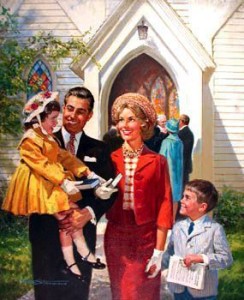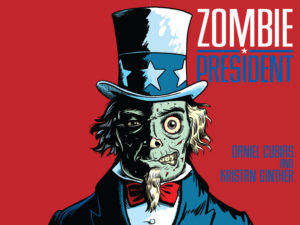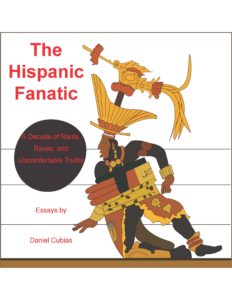For the moment, let’s avoid dwelling on all the hate crimes that have erupted across the nation since our small-fingered president-elect nabbed his 270th electoral vote.
But let’s just acknowledge that there have been a lot of racist attacks, many of which have been spectacular in their brutality and lunacy.
However, as horrific as these public displays of xenophobia are, I’m more interested in our reaction to these fascistic assaults.
You see, many people are writing off those losers painting swastikas or some thug grabbing a woman’s hijab as stray nutjobs, a tiny percentage of freaks that’s inevitable in a nation of 300 million people. Yes, it stretches the boundaries of plausibility to say the surge in hatred has absolutely nothing to do with Trump, but let’s go with that scenario for now.
What is far more problematic, far more onerous, is the response of social conservatives whenever an ethnic minority has the chutzpah to point out such acts of bigotry.
We get that laziest of insults, which is that we are pampered snowflakes.
The message is that shit happens and we need to toughen up and we have to stop whining and so on and so on.
Of course, the real reason for this dismissal is that acknowledging racism is psychologically distressing for many people — particularly white conservatives who really want to sidestep the obvious truth that a significant chunk of their peers are bigots, and in some cases, actual damn Nazis.
So snapping that a liberal is just a snowflake is a way to jettison the discomfort. It denies that the problem is widespread or even that odious. It says that, basically, it’s just a few jerks, so get over your hypersensitive self.
One recent example of the snowflake phenomena caught my eye. Perhaps you heard about the school in Michigan where white students formed a human wall to block minority students from getting to their destinations. A 12-year-old Latina “was stopped from going to her locker by a group of boys who told her to go back to her country and that they were going to ‘make America great again.’”
I read a few accounts of the story, and (against my better judgment) many reader comments. It was easy to spot the opinion pattern that “boys were just being boys” and outraged adults were simply a bunch of —you guessed it — snowflakes.
But I’m just wondering, at what point did a 12-year-old facing a gauntlet of racists become so much political correctness? When did we collectively decide to dismiss these incidents and treat them as a normal part of growing up? When did we latch onto the term “snowflake” as mindless shorthand and mocking derision?
To be honest, right now in America, the only snowflakes I see are middle-aged guys who are pissed off that life didn’t work out perfectly for them. I see horribly insecure men lashing out at children who are having threats literally shouted into their faces. I see hypocritical conservatives who most likely have never endured a moment of mob hatred, never been the object of abuse, who now sit smugly back and tell kids that they’re just being wimps.
This is beyond blaming the victim. It is even beyond simple prejudice and petty hatred.
It is a sociopathic disdain for humanity.
I’m sorry if that hurts your feelings. I guess you’ll just have to fucking get over it.














